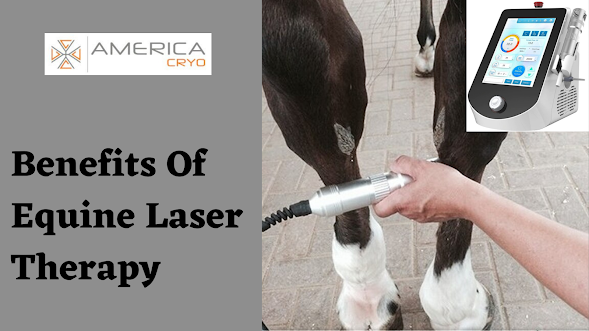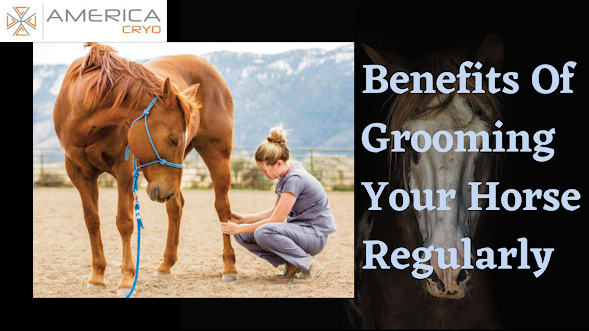Benefits Of Equine Laser Therapy
Equine can be managed with laser therapy, a treatment program that is being used frequently by vets, various equine practitioners, like equine physical therapists and equine massage therapists, as well as personal horse owners who want to reduce the span of an injury in their horse.
Unlike humans, there are various suggestions for treatment with laser. Below you will get a picked number of strategies.
Benefits Of Equine Laser Therapy
Wound Healing
Laser therapy is widely used for treating wounds. Laser therapy helps to stimulate coagulation & thus quickly heals the wound. Generally, a reduction in the healing time lowers the risk of infection.
Back Pain
Back pain in horses can usually be benefitted by laser therapy because the laser accelerates the natural healing, for example, in muscle cramps with tensions, the laser releases up the muscle so that the blood transfer is stimulated and the muscles can expel waste product extra easily.
Tendon & Ligament Injuries
Horses have tendons that are positioned on the front side and backside of the fore and hind limbs of the horse. Tendon injuries are frequent in horses, and they occur generally when the pony is injured or falls ill. A vet uses ultrasound scanning to diagnose these injuries. Therefore, these injuries are also treated with the help of laser therapy.
Thrush
Thrush is a kind of infection produced in the hoof of the horse. It occurs when a horse is continuously standing in a very moist place in his stable or paddock.
Thrush can be avoided by regular cleaning of the hoof & keep it dry.
But, if the problem still develops, the ailment can be stopped in the early stages through laser treatment.
So, a powerful laser is needed to treat the muscle structure of your horse.




Comments
Post a Comment